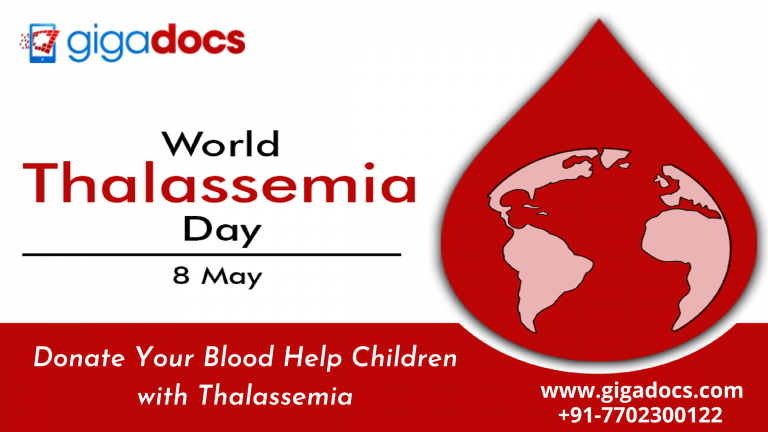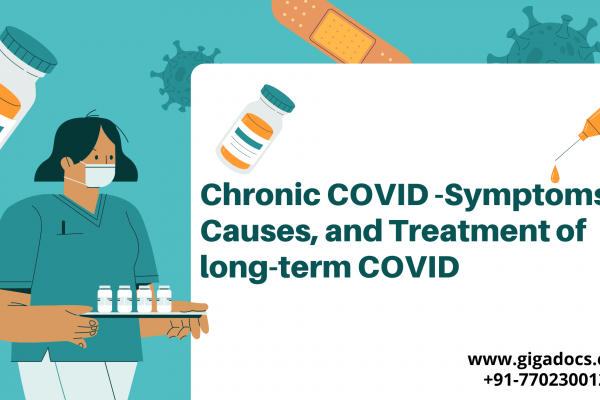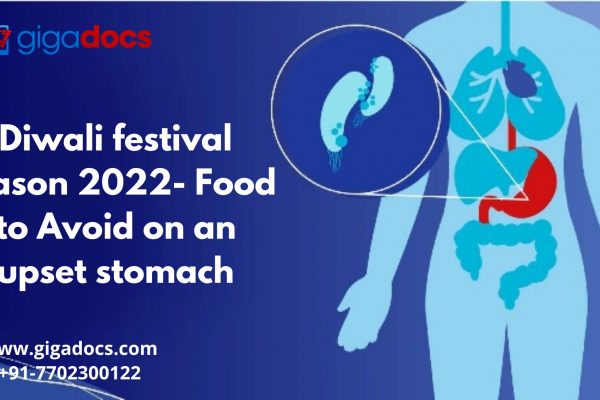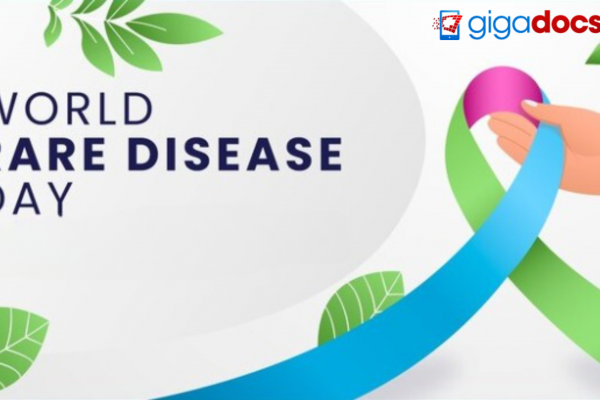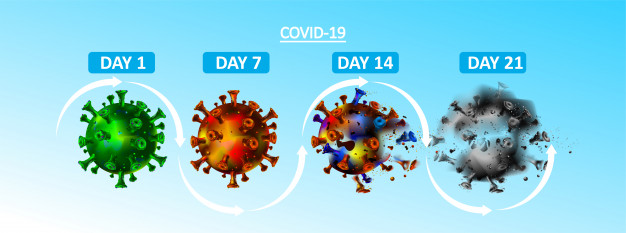Thalassemia- an inherited blood disorder that occurs when the body doesn’t make enough of haemoglobin protein. In the absence of haemoglobin, the body’s red blood cells don’t function properly and that impacts their ability to carry oxygen to the body’s organs and transport carbon dioxide from the tissues and organs back to the lungs.
Thalassaemia mainly affects people originating from South Asia, Southeast Asia, Middle Eastern origin, and Mediterranean regions. World Thalassaemia Day is commemorated every year on the 8th of May. This day is marked to raise awareness about thalassemia disease, its symptoms, prevention measures, and the significance of an early diagnosis.
Thalassemia Symptoms
The signs of Thalassaemia depend on the severity and type of one’s progression of the disease. Thalassemia symptoms may include slow growth, abdominal swelling, dark urine, fatigue, weakness, yellowish skin, and facial bone deformities.
Thalassemia Types
The types of Thalassaemia are subcategorised into-
- Alpha or Beta Thalassaemia
Our hemoglobin comprises two components- alpha and beta. In the case of thalassemia, the hemoglobin lacks either alpha or beta. Alpha thalassemia refers to a low level of alpha.
Beta thalassemia is a disorder characterised by abnormally low beta levels.
- The degree of thalassemia (trait, carrier, intermedia, or major)
A person who has thalassemia trait may not show any symptoms or may show minor anaemia signs. A thalassemia major person may show signs of severe symptoms requiring regular blood transfusions.
Thalassaemia and Anaemia
Red blood cells transport oxygen to all of our body’s cells, enabling them to function properly. In the absence of healthy red blood cells, the supply of oxygen is restricted to the cells, causing a person to feel tired, weak, and experience short breath. This condition is called anaemia.
Mild or severe anaemia is common among people with thalassemia. Serious anaemia can harm organs and cause death in extreme cases.
Thalassaemia and Genetics
Thalassemia characteristics are passed down from parents to children in the same way as hair color and body shape go from one generation to another. The number of thalassemia characteristics an offspring inherits from their parents determines the type of Thalassemia passed down from parent to child. If an offspring inherits a beta-thalassemia trait from his/her father and a beta-thalassemia trait from his/her mother, s/he will be born with beta-thalassemia major. S/he would have alpha thalassemia trait if s/he got an alpha thalassemia trait from his/her mother and usual alpha parts from his/her father.
Diet for Thalassaemia
Thalassaemia individuals are encouraged to consume a balanced diet. However, they need to pay extra attention to the quantity of iron they are consuming through their diet. Here are the foods they can consider-
- Protein Foods
Protein is the very important ingredient for strengthening immunity, and growth. Thalassaemia patients must avoid protein foods that are rich in iron. They can consider adding beans, peanut butter, eggs, yogurt, nuts, cheese to their diet.
- Consume Calcium-Rich Foods
Since most thalassemia patients have weak bones, calcium-rich foods like milk, eggs, spinach, and so on are helpful. Additionally, having enough vitamin D is vital for keeping safe from thalassemia. A ten-minute sunbath is all that is needed to fulfill the daily requirements of Vitamin D.
- Add Folic Acid foods
Bananas, sweet potatoes, lentils, and beetroot can help relieve thalassemia symptoms. This is due to folic acid in these foods, which aids in the production of more red blood cells. Thalassaemia patients need to consume two large bananas every day to get results. They can also make a teleconsultation appointment with a dietician on the Gigadocs E-Healthcare app. This digital consultation will help them to know their diet plan customized to their age and comorbidities if any.
Thalassemia and Pregnancy
Thalassemia is often diagnosed during pregnancy or soon after delivery. Besides, it also raises several pregnancy-related issues and impacts the development of reproductive organs. Women with Thalassemia can experience infertility issues and those planning to conceive need to keep an eye on their iron levels.
Among women with thalassemia, pregnancy carries the following risks:
- An increased risk of infection
- Diabetes during pregnancy
- Problems with the heart
- Hypothyroidism (low thyroid) – a condition where the thyroid gland is underactive.
- An anticipated rise in the number of blood transfusions.
- Low bone density
At 11 and 16 weeks of pregnancy, thalassemia monitoring must be done regularly by taking fluid samples from the placenta or the foetus.
Thalassemia Diagnosis
People with mild to extreme types of thalassemia face severe anaemia symptoms early in life which help to get thalassemia diagnosed at a beginning stage. People with less serious thalassemia may only find out when they are experiencing anaemia symptoms or because a doctor discovers anaemia during a regular blood test or another test.
Since thalassemia’s are hereditary, they can run in families. Some people learn about their thalassemia from relatives who have the same disease.
Thalassemia Treatment
People who have thalassemia major or other severe forms will need medical attention for the rest of their lives.
The following are the key thalassemia treatments:
- Regular blood transfusions for treating and preventing anaemia required once a month in extreme cases.
- Chelation therapy is a medication-assisted procedure to remove extra iron from the body that accumulates from daily blood transfusions; certain people with thalassemia develop an iron build-up even without transfusions and need treatment for this.
- A stem cell or bone marrow transplant is the best way to treat thalassemia, but it’s not performed very often due to the risks involved.
Caring Thalassemia with Gigadocs
For an early thalassemia diagnosis, we recommend getting a complete blood count (CBC) test done, in addition to getting your Ferritin (iron)levels checked by reaching out to a certified medical practitioner.
One cannot confirm heredity diseases like thalassemia without proper testing. Gigadocs brings you the best of Medical Practitioners near you for a safe and secure digital consultation from the privacy of your home.
Discuss early signs of thalassemia like fatigue, abdominal swelling, dark urine, weakness, yellowish skin with experienced specialists. Learn which treatment will suit you and what kind of food you must adapt to your lifestyle to manage thalassemia symptoms from the Gigadocs E Healthcare app.
Download the Gigadocs Teleconsultation app from-
- IOS App – apple.co/2W2iG4V
- Android App – bit.ly/33AQoRC
To know more and schedule a Virtual Consultation demo, Email, at info@gigadocs.com
